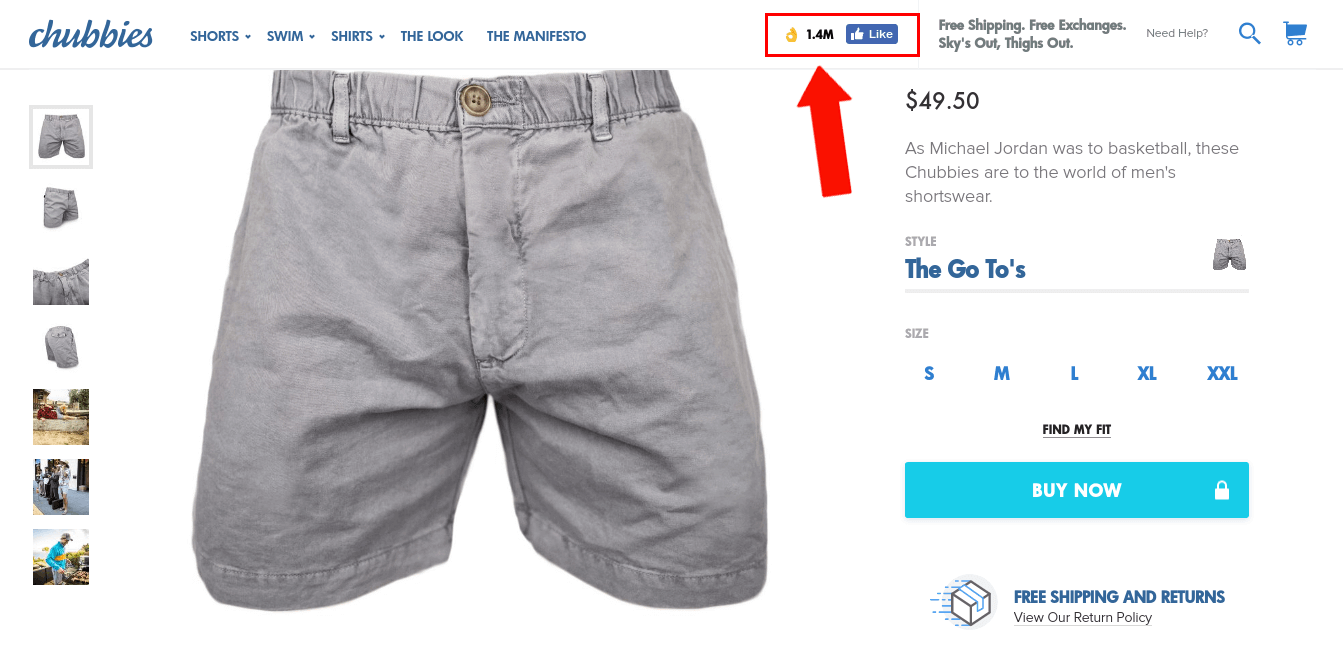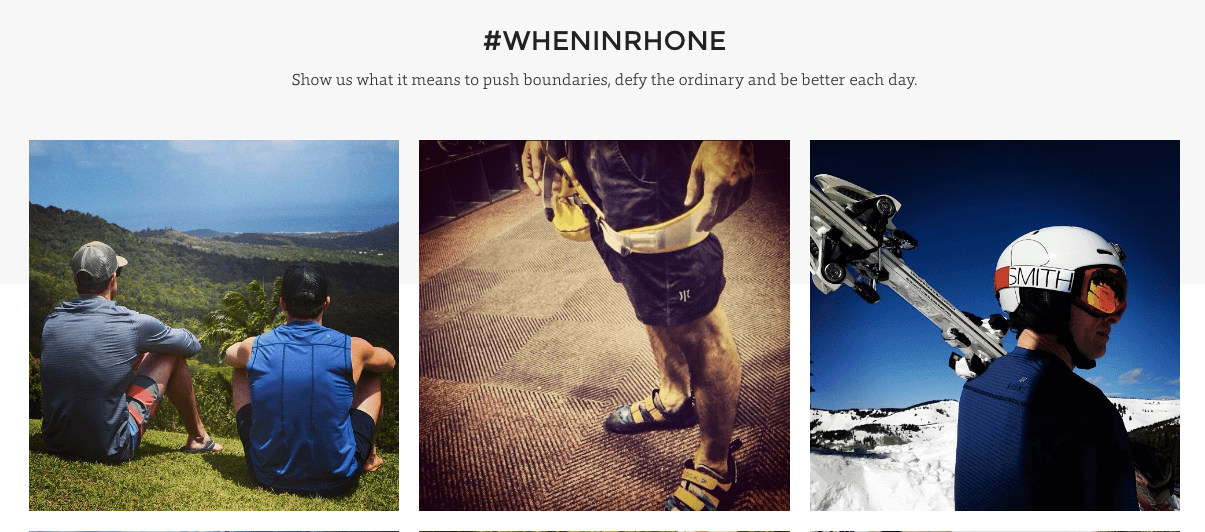Who Else Wants Their Facebook Ad Campaigns to Convert? A Guide To Facebook Custom Audiences for Ecommerce
Everyone hopes that launching a Facebook ad campaign will drive more attention (and traffic) to your brand but there are right and wrong ways to do it if your goal is to drive more conversions.
The key begins with creating custom Facebook ecommerce audiences.
Converting more from your Facebook ads depends on 3 things:
- Building specific Customer Avatars
- Retargeting
- Optimized Website Design
We’ll go into more detail on each below.
1. Setting Up Your Product Catalog
First, you need to set up your product catalog inside of Facebook. If you have already done this, skip ahead to #2.
If you haven’t set up your product catalog yet in Facebook, here’s a quick overview. This article walks you step-by-step through the process of importing your store’s entire online product catalog so that you can easily feature items for sale in your Facebook ads.
Once this is set up you’ll be able to see an itemized list of all the products in your shop, which you can further customize for better targeting. For example, you can choose to see only a list of products that target a certain type of shopper, or a list of items only available in certain areas.
Next you’ll be ready to move on to optimizing your ads and create highly targeted ads with product filters like Availability, Brand, Category, Product Type, and Price.
2. How to Serve Ads to Your Target Avatar
Highly targeted ads are only “highly targeted” if you’re delivering them to the right person.
This is what we call an avatar.
Your target avatar (or avatars…chances are you’ll have multiple) is an ideal representation of the customer you’re trying to reach, based on their online shopping behaviors. Some examples might be customers who have browsed content on your shop but haven’t purchased yet, or those who have added products to their shopping cart which they did or did not buy.
You’ll want to make sure to spend time thoroughly developing your avatars. An ecommerce company can have anywhere from 1-10 (or more) target avatars.
The more detailed they are, the better.
Facebook allows you to specify the exact targeting settings for your ads so you know you’re reaching exactly those people who are interested in your offering. Your customers want to see ads targeted to them because they’re actually relevant to their interests.
To create detailed target avatars, first do some brainstorming about the following characteristics:
- Your customers’ needs
- Their demographic attributes (gender, age, education level)
- Their psychographic attributes (personality, values, opinions)
Next, you’ll need to spend some time analyzing and validating your findings. This can be as simple as grouping together the most common answers from your customers, or more involved (calling your customers, analyzing support chat transcripts, and even researching individual Facebook Page likes).
These validated findings will help you identify your prospects’ behavioral traits (how they shop online, what their buying habits are, etc), which you will then base your ad targeting and content on.
Once you have your target avatars, you can create your highly-targeted Facebook ads to ramp up site traffic and conversions. Launching effective ads will increase your ROI, attract the most valuable visitors to your site, and create engaging ads that speak to customers’ exact needs.
You can use Facebook’s Custom Audiences to find these target avatars. Begin running an ad to gain some insight and once you have an ad that begins converting…this is where you can really pack a punch by creating a Lookalike Audience.
Creating a Lookalike of those converted users will allow you to reach more customers that “look like” those who’ve converted. Facebook can do this for you automatically by looking for patterns and characteristics your current leads have in common, such as age, gender, and interests. The stronger your custom audiences, the stronger your Lookalike audience will be.
For example, if you make a custom audience based off of people who visit a certain product page in the past 30 days, and the ad you’re running to that audience is converting well, create a Lookalike of those 30 day product page visitors.
This should help reduce customer acquisition costs.
Here’s some ways you can use Custom Audiences:
- Retarget an abandoned cart with the specific product image (ad) the user abandoned. A lot of ecommerce businesses like MeUndies and Chubbies use this to great effect. To make this super-easy, you can use the Shopify Plus app Retargeting on Autopilot by Shoelace. It tracks visitors who leave your site without purchasing and and recommends smart retargeting ad campaigns for you to run. It also integrates with MailChimp and Facebook.
- Target customers via email by uploading a .csv of emails and then creating a custom audience with them. So, you can take your customer database and segment users into many different targeted groups. For example, if they previously made a purchase off a sale campaign, you can identify this segment and serve them a very targeted ad on Facebook about your next sale.
- At the end of the day provide VALUE. Think of your ecommerce website like a physical store – you wouldn’t want a salesperson hounding you all the time to buy, so try and implement a nurture approach with your ads. Post good content (blogs, videos) and make sure to have a pop-up to capture your customer’s email. Now that you have their email you can put them in a targeted campaign.
3. Once They’ve Clicked Through, Why Don’t They Buy?
First of all, this might sound basic, but make sure the landing page people click through to from your ad actually features the product you showed in the ad. If they are taking action because they want to buy that specific product, ending up on a product category page instead will only cause frustration.
Also, your messaging is equally important. It should match the language used in the ad. Now, if you’re running a right-hand column Facebook ad, your copy will be limited by character count. But you can attempt to make your Facebook ad headline a shorter version of the main title of your landing page.
If you use descriptive phrases for the product in your Facebook ad (such as “designer”) and then that copy is missing from the landing page or product description, it will signal distrust in the potential buyer who may think they’re getting a “bait and switch.”
Make sure your call to action also matches. If your ad states “Get 20% off now!” then your landing page MUST say this as well.
There are also many ecommerce product page design best practices that can improve your conversion rate. We’ve written a lot about this….like, there should be social proof somewhere on the site (such as user-generated Instagram photos, customer testimonials, or a Facebook “likes” counter like Chubbies utilizes to show off their most popular products).

Another option is to use product reviews written by customers right on the product page. This will give your customers the feeling that they’re mitigating risk by seeing positive reviews from happy customers.
Casper does this and shows the date the review was written, the number of stars given in their 5-star rating system, and real user names and ages. They don’t edit reviews, so the occasional typo or misspelling creates additional credibility. Just another reason they’re putting old-school mattress stores out of business.

Another tactic to increase conversions is to use Instagram marketing strategy to leverage your site design. You can increase the numbers of visitors reaching your checkout page by as much as 24% simply by adding customer Instagram photos to your product pages.
Instagrammers are shoppers, so it only makes sense. And this is an easy and effective way to add visual social proof to your site – especially if you do with with trending items and popular hashtags.
Activewear apparel company Rhone does a great job of this, using Yotpo to feature an Instagram gallery on their homepage along with their own company hashtag #wheninrhone. They strive to tell the story of their customers with a curated feed:

Great product page design is equally important on mobile, where the design and size of your “add to cart” button can make or break a sale. Cleaning up your mobile site design can result in significant boosts in traffic and revenue. Some quick tips: make sure it loads fast, revolve your design around great imagery (what visitors will see first), optimize your information hierarchy for mobile.
It usually goes like this: product photo > description > sizing information.
If you follow these best practices for ecommerce product page design, you’ll boost your search ranking, increase mobile conversions, and improve customer retention.
Your Problem Is Deeper Than Facebook Ads
If your goal is to have a high-converting Facebook ad campaign, then every single element of it has to be aligned:
- Your audience (target avatar) has to be on-point
- Your avatar offers and nurturing need to be relevant
- Your website design needs to encourage those avatars to BUY
If you feel your site is lacking any of these elements, sign up for a FREE one-on-one strategy session with Blue Stout CEO, Allen Burt. The sooner you schedule the call, the sooner you’ll start maximizing your site’s conversions.







